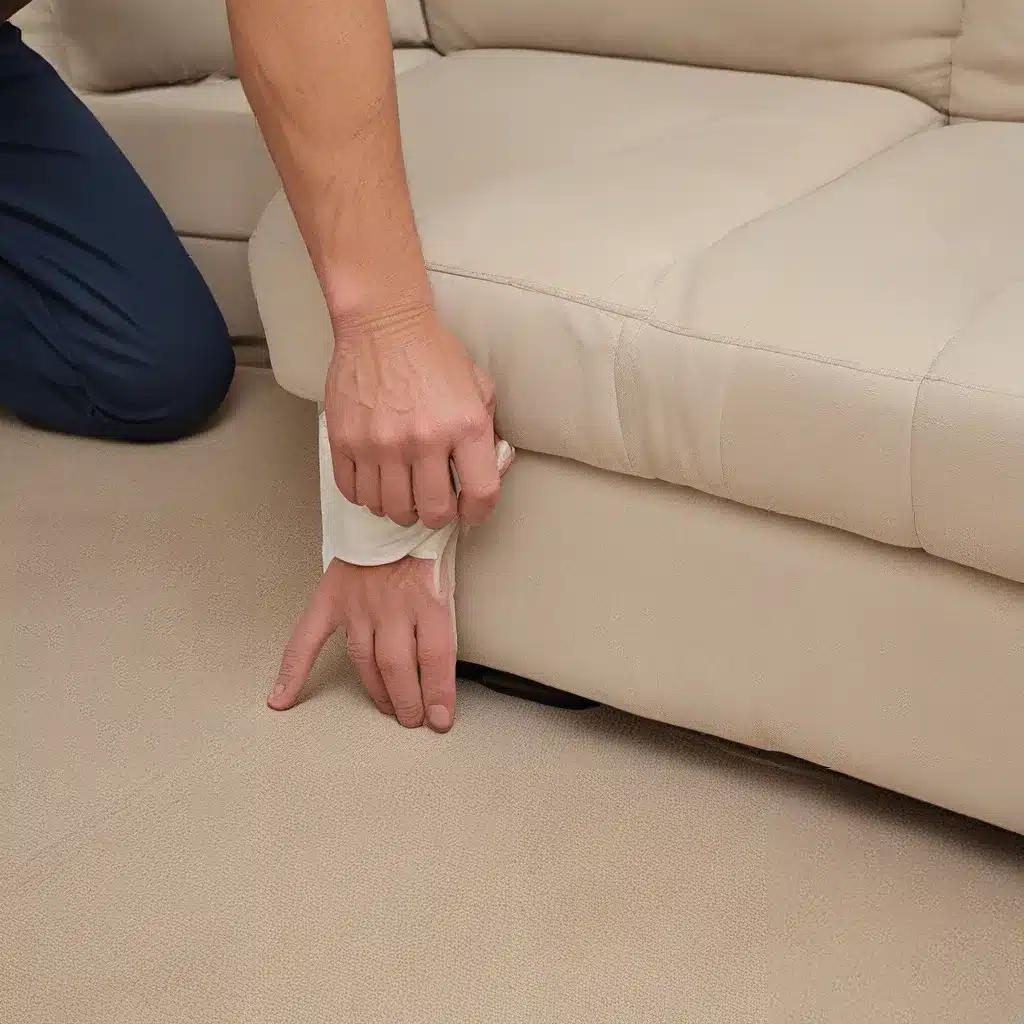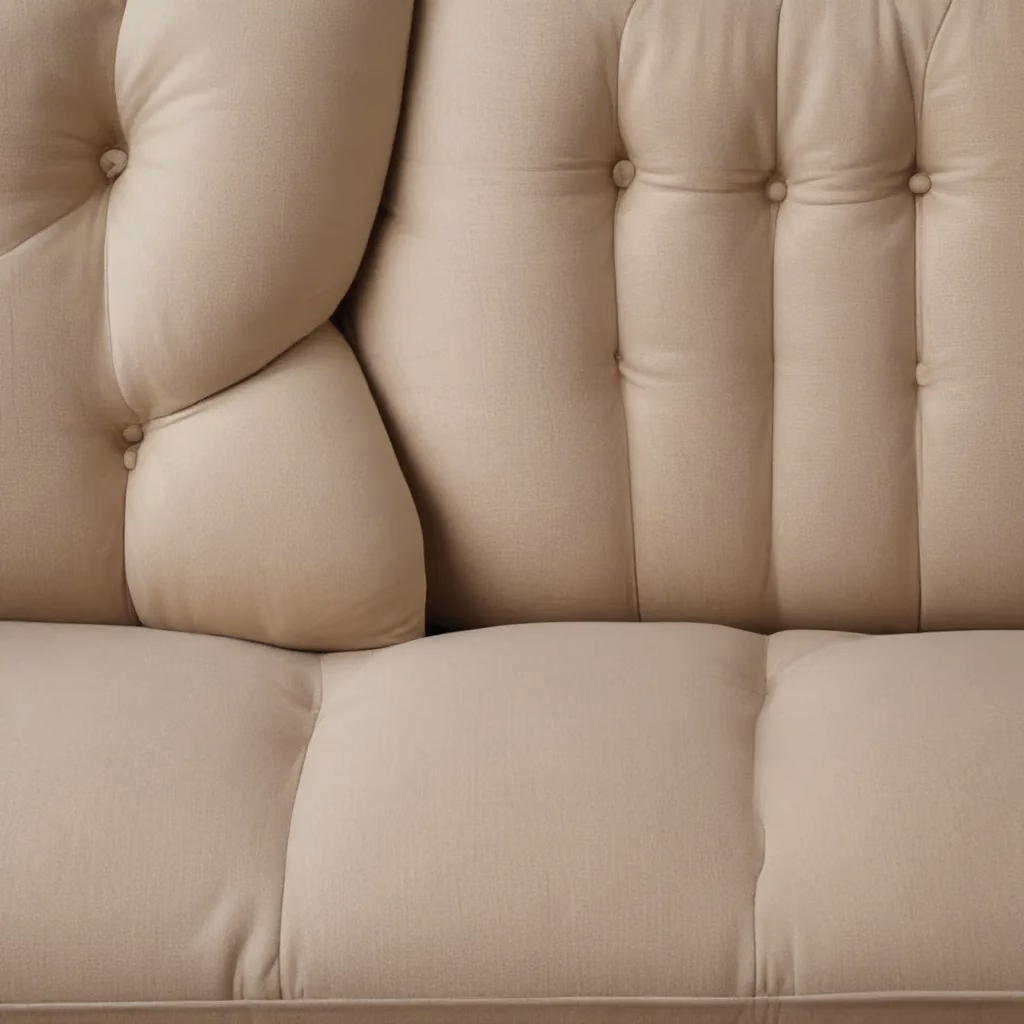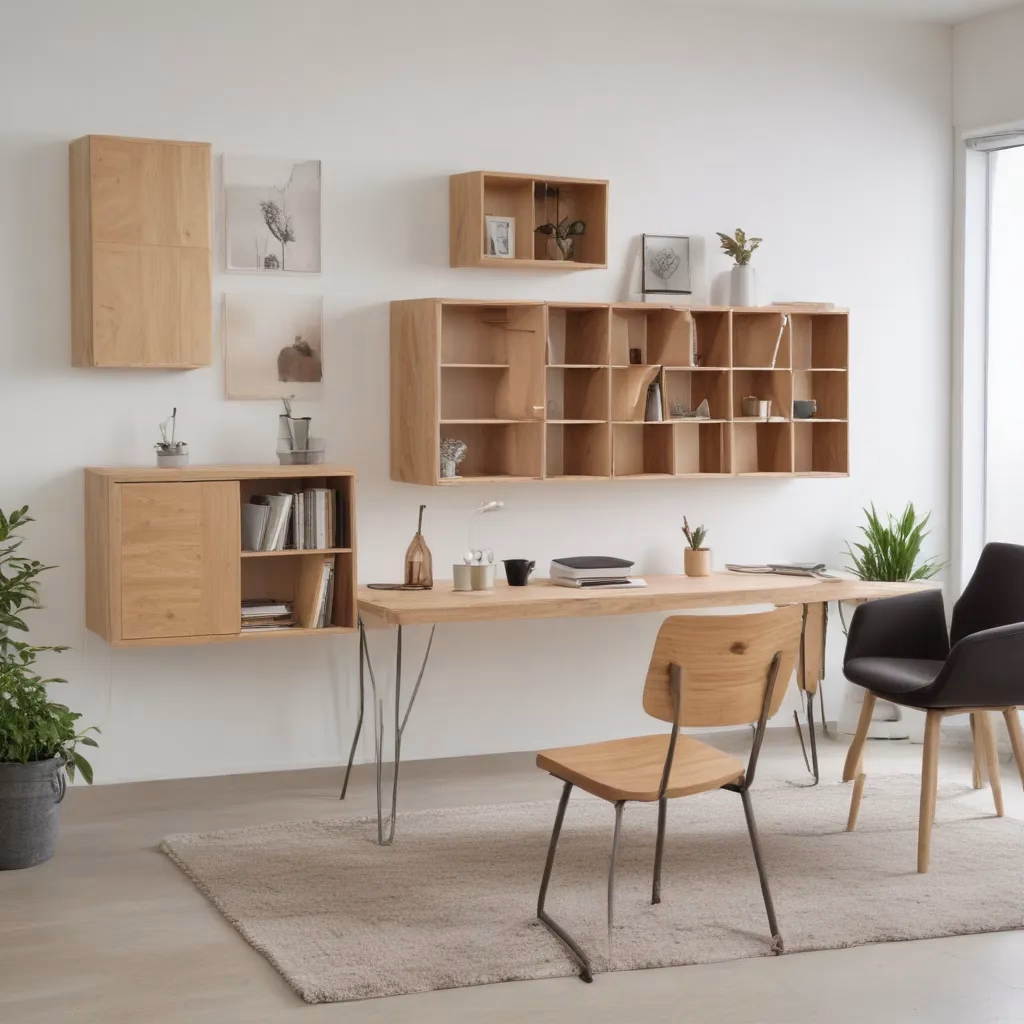
Ah, the age-old problem of a creaky, squeaky sofa – it’s enough to drive any self-respecting furniture enthusiast up the wall! But fear not, my fellow sofa-dwellers, for I have the ultimate guide to taming those troublesome joints and silencing those sneaky moving parts. Get ready to bid farewell to those annoying noises and hello to a peaceful, relaxing seating experience.
Identifying the Source of the Squeak
The first step in this noble crusade is to pinpoint the exact location of the offending sound. Start by carefully inspecting your sofa, paying close attention to any areas where parts come together – the joints, the legs, the reclining mechanisms, even the hinges on the cushions. Give everything a gentle wiggle and listen intently for the culprit.
As the wise folks on Stack Exchange suggest, the noise is most likely caused by loose or rubbing parts, rather than the actual wood or fabric on your sofa. Those pesky little screws, bolts, and connectors can be the true source of the problem.
Once you’ve identified the area(s) of concern, it’s time to roll up your sleeves and get to work. But fear not, my friends, for I have a few tricks up my sleeve to help you silence those squeaks for good.
Tightening and Securing the Joints
The first line of defense against sofa-induced cacophony is tightening any loose joints or connections. Grab your trusty screwdriver or hex wrench and give each and every screw and bolt a good, firm twist. Don’t go overboard, though – you don’t want to strip the threads or snap the hardware.
If you find a joint that just won’t tighten up, try adding a dab of wood glue to the area. This will help lock everything in place and prevent any future wiggling or rubbing.
And while you’re at it, don’t forget to check those leg connections as well. Wobbly legs can be a major contributor to those annoying creaks and groans. Tighten them up, and if needed, use furniture gliders or felt pads to create a smooth, silent interface between the sofa and the floor.
Lubrication – The Key to Silence
If tightening doesn’t do the trick, it’s time to bring out the big guns: lubrication. Now, I know what you’re thinking – “Lubrication? On my sofa? Isn’t that a bit… inappropriate?” Fear not, my friends, for I’m not talking about that kind of lubrication. This is all about keeping those moving parts moving smoothly and silently.
As the experts on Quora suggest, a little bit of beeswax or paraffin wax can work wonders on those troublesome joints and hinges. Simply apply a thin layer to any areas where you suspect the noise is coming from, and let the magic happen.
If you’re dealing with metal-on-metal contact, a spritz of WD-40 can be a real game-changer. Just be sure to wipe away any excess, as you don’t want to create a slippery situation.
And don’t forget about those wooden components! If you’ve got a sofa with a solid wood frame, a light dusting of talcum powder or baby powder can help reduce friction and eliminate those pesky creaks.
The Power of Cushions and Padding
Sometimes, the solution to your sofa’s noisy woes may be as simple as adding a little extra cushioning and padding. As the helpful folks on Reddit suggest, strategically placing strips of material like egg crate foam or felt pads between the moving parts can effectively dampen the sound.
Think of it like a little acoustic insulation for your sofa – it creates a barrier between the rubbing surfaces and muffles the offending noises. And the best part? You can find these materials at your local hardware store or even repurpose bits and bobs from around the house.
Ongoing Maintenance and Prevention
Of course, the true key to a silent, well-behaved sofa is regular maintenance and proactive care. Make it a habit to periodically check for any loosening of screws or bolts, and give those moving parts a quick once-over and re-lubrication as needed.
And if you’re in the market for a new sofa, be sure to choose one with high-quality, durable construction. The team at Sofa Spectacular can help you find the perfect piece that will stand the test of time (and the test of your family’s antics).
Remember, a little elbow grease and a dash of preventative care can go a long way in keeping your sofa as quiet and comfortable as the day you brought it home. So, let’s get to work and say goodbye to those annoying squeaks and groans, shall we?



